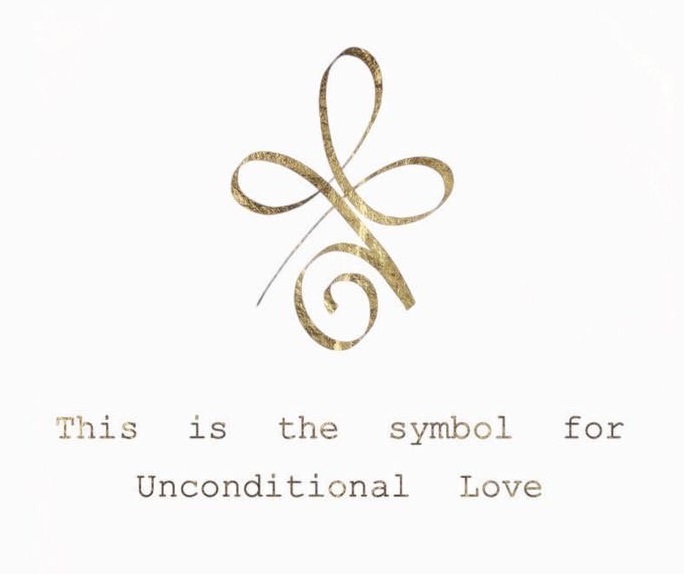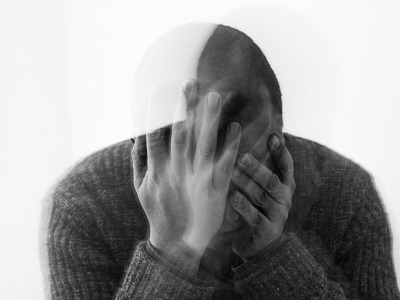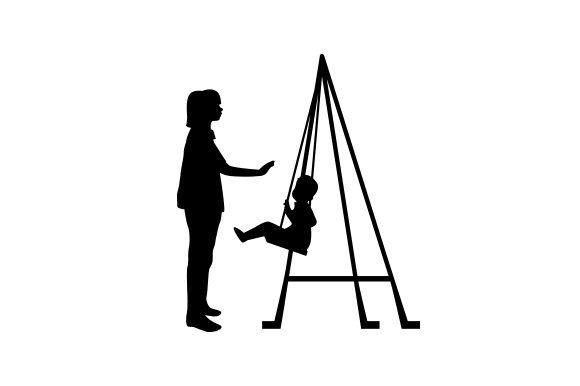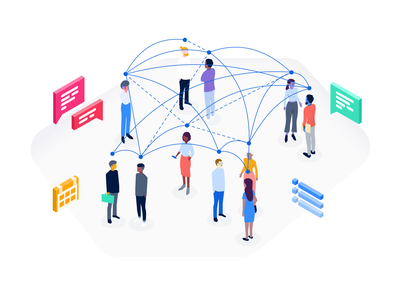
by PartnershipProjects | January 4, 2023
As part of my NVR accreditation, I reflected on my own NVR journey, both personally and professionally as a mum to four children working within a context of a Specialist Child and Adolescent Mental Health Service (CAMHS) and a Children’s inpatient unit. The journey brought forth ideas of unity demonstrating how together we can make a difference.
Unity is illustrated when I witness birds embark on their journey to a warmer destination, they take flight and form a V-shape flying pattern, the formation creates an uplift for the bird immediately following. When a bird falls out of formation, it suddenly feels the resistance of trying to go it alone — and quickly gets back into formation to take advantage of the lifting power of the bird in front. When the lead bird gets tired, it rotates back in the wing and another bird flies up front. There is encouragement from behind for those at the front to maintain their momentum.

by PartnershipProjects | December 8, 2022
For the past 3 years, I have been using NVR in my work with individual families and in groups within my CAMH’s role. I am currently completing the PartnershipProjects Accreditation Module as my final stage of training in NVR. I knew this would be an enriching experience to discover how other practitioners applied and utilised NVR as an approach.
The title for my blog post is “unconditional love”. This subject brought about many considerations at one of the early sessions of an NVR parent group. In the group, I described the stance of unconditional love as a cornerstone of NVR. I became very aware of the possible impact of my words on one of the parents. She was a foster mother who I had met just once before. I felt concerned that the words, “I am here, you cannot get rid of me, I am your parent, I will always be here, I love you”, might not resonate with her lived reality.

by PartnershipProjects | May 24, 2022
I recently attended the PartnershipProjects NVR Accreditation Module. The course is organised around each participant presenting an aspect of their NVR practice to the group. The presentation is followed by reflections and questions from the group facilitators, and then group participants. For my presentation I shared my NVR practice working with parents of children who self-harm or are suicidal.
My search for NVR literature on this topic located only one article which was by Haim Omer and Dan Dulberger, ‘Helping Parents Cope with Suicide Threats: An Approach Based on Nonviolent Resistance, Family Process 54:559–575, 2015’. In this blog I share some of the key ideas from this article that struck a chord with me and were used in my NVR practice.

by Jill Lubienski | April 6, 2022
In a recent blog for this website, I talked about the early stages of NVR therapy with parents, focussing on the common factors in therapy as a means of assisting newly trained NVR practitioners to value their existing skills and abilities alongside their newer NVR training. I am involved with training many practitioners at Foundation level NVR and then continue to support a significant number through more Advanced training and sometimes act as a supervisor. I often get asked questions around how to introduce NVR to parents and how to distil the ideas into simple, understandable, manageable concepts. I think this is where a therapist’s own creativity is to be encouraged. I enjoy very much when practitioners in training are asked to devise their own NVR ‘maps’ for example. We trainers at PPUK have seen so many great imaginative ‘maps’ where practitioners have put the NVR concepts into pictures and words that encapsulate the key principles and methods so beautifully.

by PartnershipProjects | March 9, 2022
My experience of completing the Accreditation Module in NVR has been both enriching and inspiring.
As a clinical psychologist working in children’s social care, I was struck by the levels of violence and controlling behaviours within the context of child-parent relationships. I felt out of my depth and turned to NVR with healthy scepticism and hope. I have not since turned back – except when reflecting of course 😉
To me, it has always felt intuitive and necessary to take account of relational dynamics when working towards contextualised understandings of difficulty or distress. It is therefore perhaps not surprising that within both my individual practice and wider systems work, NVR has become my most valued position from which to influence and resist.

by PartnershipProjects | February 12, 2022
This morning my son and I scooted to school together – him on his scooter, me on mine. As we reach the busy main road, we wait together to cross and then chat happily for the rest of the way until parting company at the school gates. It was a calm, safe journey where he was regulated and content. On my way home, I celebrated this as a win – inwardly smiling at his confidence and the connection we shared.
Casting my mind back a year ago, I recall a school run where at the same busy main road, he hadn’t responded to my instruction to wait and pushed out into the road on his scooter. I put my arm out to keep him safe. Eventually we crossed safely and made it to school. Reflecting back there was a distinct lack of safety and perhaps even a ‘disconnect’ in our relationship.

by PartnershipProjects | February 12, 2022
I always knew being a parent would be about sacrifice and patience, about giving, and about providing for my child.
My love provides the setting and context for my child to learn, grow and flourish to develop in a loving, caring and nurturing home. I provide the space in my home and in my life. Physical and practical things like the bedroom, the clothes, the toys, tasty food, the early mornings, the broken nights, clearing the snot and the poo…and then creating memories, first events, days out, holidays and safe learning through exploring and boundary setting.
What if with all of this, the child still struggles to engage in the way I had expected, or engage at all, or even rejects it. What else can my love provide?

by Jill Lubienski | January 11, 2022
Helping our parents to trust in us and the process of NVR when they are down trodden, exhausted and, at times, bitter towards professionals is a central question for practitioners, not just of NVR, but in many therapeutic endeavours. The question of where to start with families in crisis is very much on the agenda and this is a question I have discussed many times in training and supervision contexts and have considered in my own clinical practice with distressed parents. So often, newly qualified NVR practitioners worry about how to start with parents, perhaps feeling rather overwhelmed by the unfamiliarity of the NVR approach and unclear about the process, as well as confused by the multiple stresses and demands of the family and pressured by expectations of their agency.

by PartnershipProjects | June 16, 2021
My name is Tony Meehan. I am a practitioner of Non Violent Resistance (NVR) with PartnershipProjects UK. NVR was developed by Dr Haim Omer and introduced to the UK by Dr Peter Jakob.
My introduction to NVR and, separately, to Contextual Safeguarding (CS) came in 2016, the year before I retired, after almost nine years, as head of an inner-London Pupil Referral Unit (PRU). My experiences working with children excluded from mainstream school convinced me of the urgent need for alternative approaches to managing behaviour that are not rooted in traditional behaviourist models so common in practically every school in the country – including in many PRUs and alternative provision (AP) schools. On their trajectory to permanent exclusion, these pupils are often subject to a raft of exclusionary “behaviour management” approaches; even detentions – excluding young people from socialising with their friends in breaks and after school – or afternoons or days spent in isolation booths for example.

by PartnershipProjects | May 7, 2021
I began paying more attention to the use of metaphor in NVR after attending Dan Dulberger’s training in the use of NVR in families where young adults are struggling to emerge into adulthood and remain entrenched in their dependency on their parents. Dan used a number of metaphors in his training to explain the position that parents take when encouraging young people into autonomy. He explained the gradual process of de-accommodation by referring to eagles, who line a special place in the nest with feathers and softness for the eggs, but the part of the nest for the fledglings is much less comfortable – indeed Dan referred to eagles removing feathers from the nest in order to encourage the fledglings to fly. Eagles know that their babies have to leave the nest for their safety and the survival of the whole family. The concept of de-accommodation can be a tough one for families, especially those that may have adopted children and have spent years using therapeutic parenting.










